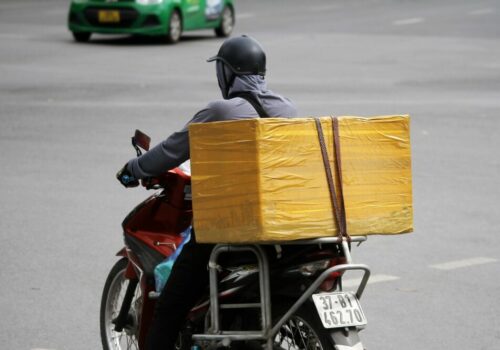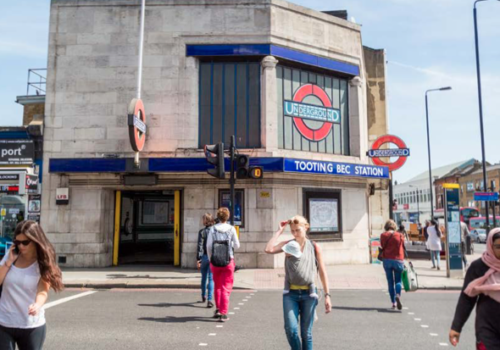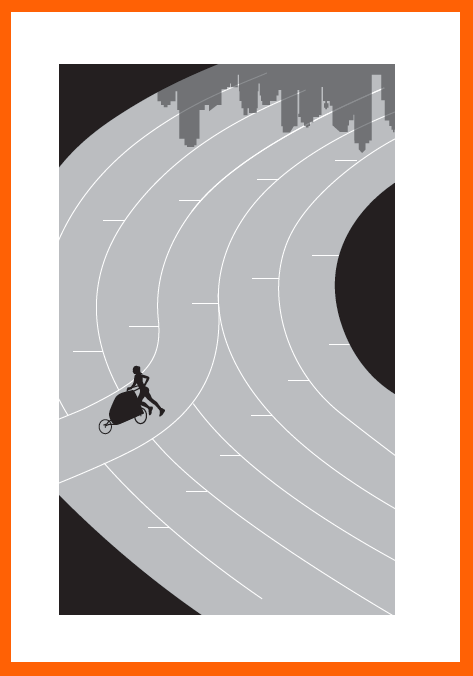- Home
- Our convictions
- Conviction #4
Conviction #4
Conviction #4
Soft mobility for users, for the community, for the planet
The climate emergency is forcing us to rationalise energy expenditure and re-examine the weight ratio, i.e. by optimising the total weight of the materials transported compared to what we are really seeking to transport. In addition to collective transport, it is becoming obvious that soft mobility – like walking, cycling, cargo bikes (two- and three-wheeled), scooters, and monowheels – must be prioritised for transporting both people and goods.
While there is now consensus on this idea, ‘soft’ currently only refers to the impact of these transport modes on the environment. It would be a good idea to extend the notion to include individuals and the community. This implies establishing acceptable safety conditions for users and those around them, as well as adapting infrastructure and regulations. Many cities across the globe – built around the private car – are lacking pavements or have roads unsuited to electric scooters or bikes, for example. Not to mention urban infrastructure unadapted to last-mile deliveries – parcels, shopping, equipment, food… – or the needs of repair and postal workers, who have to park yet carry few goods.
France has experienced this kind of situation, especially during the transport strikes at the end of 2019: when these transport modes all of a sudden invade cities ill-adapted to their use, they are no longer quite so ‘soft’ when it comes to safety!
This grid analysis of ‘soft’ mobility applies to every travel mode, not just those used for first- and last-mile trips. So, does the RER (réseau express régional / commuter rail services for Paris and its region) qualify as a soft transport mode? And if not, what is missing to tick the box?
Let’s also bear in mind that in many countries – especially in sub-Saharan Africa and Arab states (except the Gulf and Lebanon) – walking remains by far the most widely used mode of transport. For the poorest inhabitants of this region of the world, 75% of daily journeys are made on foot (compared to 45% for the wealthiest)(a). In these territories, therefore, the challenge is facilitating uptake of transport modes that are both faster and more comfortable for people, as well as environmentally friendly. In other words, this will involve avoiding the ‘car is king’ phase altogether in cities and leapfrogging directly to responsible modes of transport.
For medium and long distances, the issue of soft mobility is different. For the former, often intracontinental, there are solutions – starting with the train – for working towards more virtuous mobility. On the other hand, the plane still represents practically the only way to travel from one continent to another. The sudden widespread uptake of video conferencing since the Covid-19 crisis, and soon virtual reality, is raising questions over the relevance of some long-distance journeys: is it still conceivable to travel 3,000km for a meeting? Likewise for tourism: how can we reduce trips (less often, more time spent on the spot) while maintaining openness to the world and travel opportunities for all.
Footnote:
a trends study on transport in Africa, by Engineering for Change and Yamaha Ventures / May 2018
https://medium.com/impact-engineered/the-african-commute-city-transport-trends-cf369e5106bd
KEY FIGURES
75%
of everyday travel is by foot for the poorest in Sub-Saharan Africa.

+34%
electric scooters sold in France in 2020 compared to 2019.

70,000km
of bike routes for discovering Europe.

EXPERT EYE
Sylvie Caruso Cahn
ILLUSTRATIONS

How can cities reconcile last-mile deliveries and quality of life?
Urban freight transport must reduce air & noise pollution, traffic congestion, GHG emissions and improve road safety, while also promoting the use of environmentally friendly transport modes. Yet there is no one-solution-fits all…

Transport for London: an action plan to encourage walking
London, the world’s most ‘walkable’ city: the city council’s goal for several years now, it is part of the action plan for London’s transport system.

China: shared bike cemeteries
Shocking images by Chinese photographer Wu Guoyong reveal abandoned or damaged shared bikes piled up by the millions in the middle of the landscape. These ‘cemeteries’ remind us that to be truly soft, mobility must be planned, supported, and benefit from appropriate infrastructure from start to finish.
SHORT STORY

Welcome to Stadium City!
What if tomorrow cities were transformed into stadiums?
Tomorrow's mobility will focus on individual needs
For responsible mobility, ‘seamless’ intermobility is a must
